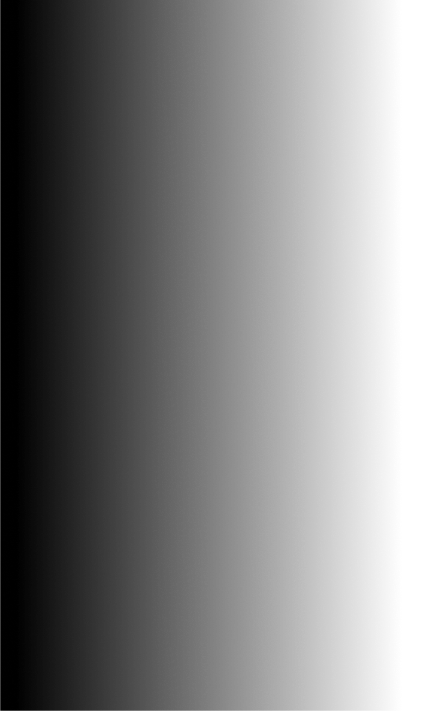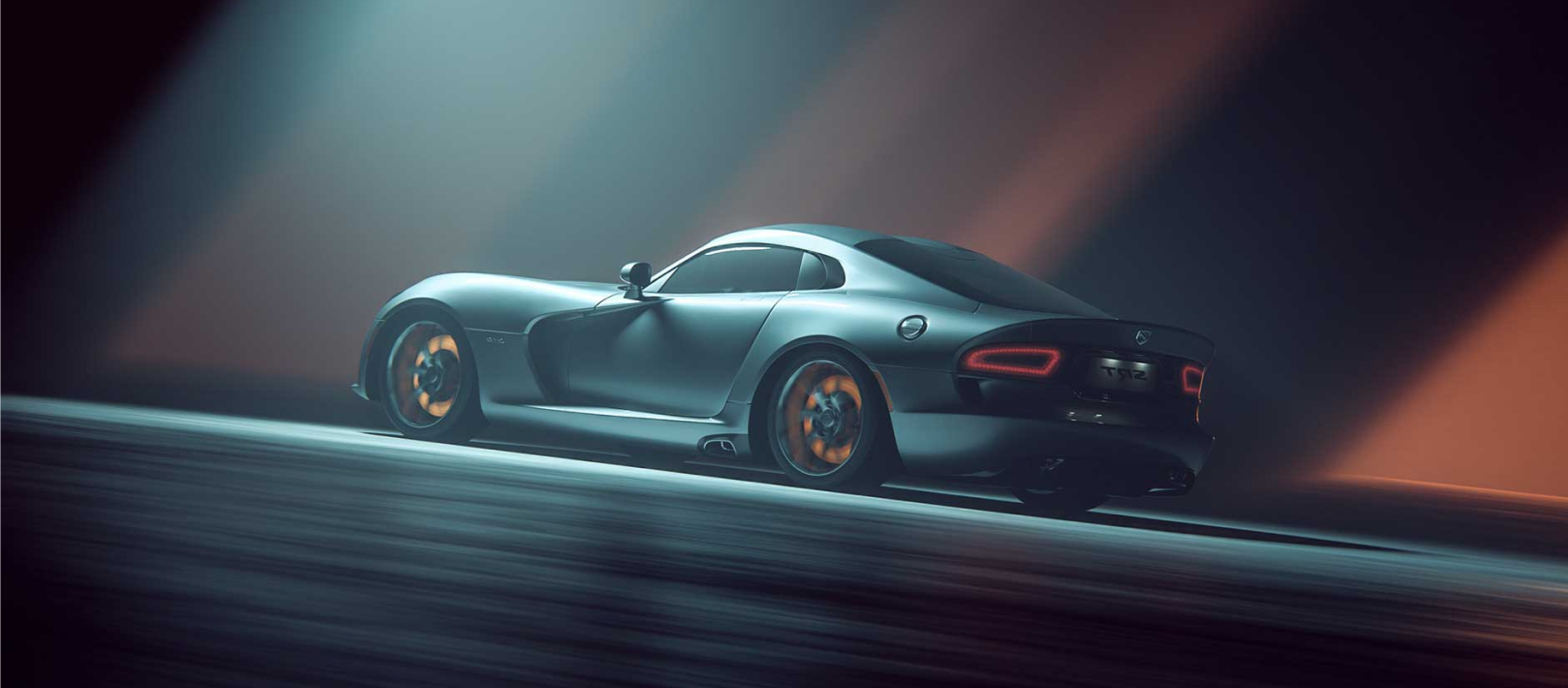Avoiding the Most Common PPF Maintenance Mistakes for Long-Lasting Protection
Avoiding the Most Common PPF Maintenance Mistakes for Long-Lasting Protection
Paint Protection Film is an essential investment for anyone looking to preserve the beauty and value of their car. However, simply installing a car film is not enough to ensure long-lasting protection. Proper maintenance plays a crucial role in maximizing the lifespan and performance of your PPF.
In this article, we’ll uncover the most common PPF maintenance mistakes and provide expert tips on how to avoid them. By understanding these pitfalls and adopting the right care practices, you can keep your PPF car looking flawless and protected for years.
Read on to discover the key mistakes to avoid and learn the best maintenance strategies for your PPF car.
What is PPF and How Does It Work
PPF is a thin, durable layer that is applied to the exterior surfaces of your vehicle. Designed to shield your car’s paint from everyday hazards, PPF acts as an invisible barrier against scratches, chips, road debris, and environmental contaminants. Modern PPF car films are made from advanced polyurethane or polymer materials, which are flexible and highly resistant to damage.
The primary function of PPF is to absorb the impact from stones, gravel, and other debris that can cause unsightly chips or scratches on your car’s paintwork. In addition, many high-quality PPF car products, such as TERMINAX, feature self-healing properties. This means that minor scratches on the film’s surface can disappear over time with exposure to heat, keeping your vehicle looking pristine.
Key Benefits for Car Paint and Resale Value
Applying a PPF car film offers several important advantages:
●Preserves Original Paint: By acting as a sacrificial layer, PPF prevents direct damage to your car’s factory paint.
●Maintains Aesthetic Appeal: The film is virtually invisible, ensuring that your car’s original color and gloss remain unaffected.
●Enhances Resale Value: Vehicles with intact, well-maintained paintwork are more appealing to potential buyers, often commanding higher resale prices.
●Reduces Maintenance Costs: By minimizing paint damage, PPF car film can save you money on repainting or touch-up work over the vehicle’s lifetime.
How Correct Care Extends the Lifespan of PPF
Routine cleaning and gentle handling can significantly extend the lifespan of your PPF car film. By regularly washing away dirt, bird droppings, and other contaminants, you prevent them from degrading the film or causing stains. Using the right cleaning products and techniques also helps maintain the film’s clarity and gloss, ensuring your car always looks showroom-ready.
The Most Common PPF Maintenance Mistakes
Even though PPF car film is designed to be durable and protective, improper care can compromise its effectiveness and appearance. Avoiding these common maintenance mistakes is crucial for ensuring your PPF car film remains in top condition.
Using Harsh Cleaning Products
One of the most frequent mistakes car owners make is using strong chemical cleaners or abrasive tools on their PPF car surfaces. Products that contain harsh solvents, acids, or strong detergents can degrade the film’s surface, causing it to lose its clarity, become discolored, or even peel prematurely. Similarly, abrasive sponges or brushes can scratch the film, leaving visible marks that are difficult to remove.
Skipping Regular Washing
Some car owners mistakenly believe that PPF car film is maintenance-free and neglect regular washing. However, dirt, dust, road grime, and environmental contaminants can accumulate on the film’s surface, leading to staining, discoloration, or even etching over time. If not removed promptly, these substances can also reduce the self-healing properties of the film.
Ignoring Immediate Stain Removal
Leaving bird droppings, tree sap, bug splatter, or other contaminants on your PPF car can cause permanent stains or damage. These substances are often acidic or sticky, and the longer they remain on the film, the more likely they are to etch or discolor it.
Improper Drying Techniques
Allowing your PPF car to air dry or using rough towels can cause water spots, streaks, or even micro-scratches on the film’s surface. Air drying, especially in direct sunlight, often leaves behind mineral deposits that are difficult to remove.
Not Checking for Damage Regularly
Failing to inspect your PPF car film for signs of damage is another common oversight. Small issues such as scratches, peeling edges, or bubbles can worsen over time if not addressed promptly, potentially exposing your car’s paint to harm.
Best Practices for Maintaining Your PPF Car
To keep your PPF car looking flawless and ensure long-lasting protection, it’s essential to develop a consistent maintenance routine. By following these best practices, you can maximize the performance and appearance of your PPF, especially when using high-quality films like TERMINAX.
Routine Cleaning and Care
Step-by-Step Guide to Washing and Drying:
- Rinse Thoroughly: Begin by rinsing your PPF car with clean water to remove loose dirt and debris. This helps prevent scratching during the wash process.
- Use the Two-Bucket Method: Fill one bucket with a pH-neutral car shampoo and another with clean water for rinsing your wash mitt. This reduces the risk of transferring grit back onto the PPF surface.
- Wash Gently: Using a soft microfiber wash mitt, clean the car in straight lines rather than circular motions. Start from the top and work your way down to avoid dragging dirt over clean areas.
- Rinse Again: After washing each section, rinse thoroughly to remove all soap residue.
- Dry Properly: Use a clean, plush microfiber drying towel or a touchless air dryer to gently remove water. Pat the surface dry rather than rubbing, which helps prevent micro-scratches.
Protecting Against Environmental Hazards
Tips for Parking, Covering, and Shielding from Sunlight:
- Choose Covered Parking: Whenever possible, park your PPF car in a garage or under a carport to minimize direct exposure to sunlight, bird droppings, and tree sap.
- Use a Car Cover: Invest in a high-quality, breathable car cover for outdoor parking. This provides an extra layer of protection against dust, debris, and UV radiation.
- Avoid Hazardous Locations: Steer clear of parking under trees, near construction sites, or in areas prone to bird activity.
Benefits of Expert Care for TERMINAX PPF
TERMINAX is the leading brand of high-performance car wraps, its products incorporate advanced coating technology and proprietary tinting technology, by combining proper home care with occasional expert attention, you can enjoy the full benefits of TERMINAX PPF, keeping your PPF car protected and look like new for years.
- Unique Satin Finish: Features a refined matte texture that provides a softer sheen.
- Richer Trendy Colors: Offers over 100 vibrant and stylish color options.
- Superior Hydrophobicity: Utilizes a lotus-inspired, self-cleaning surface for exceptional performance.
- Enhanced Scratch Resistance: The matte texture effectively conceals minor scratches.
- Improved Aging Resistance: Delivers long-lasting performance even under extreme conditions.
- Advanced Antifouling Properties: Ultra-fine coating enhances stain resistance by over 20%.
Conclusion: Ensuring Lasting Protection for Your PPF Car
In conclusion, avoiding common maintenance mistakes is essential for preserving the appearance and protection of your PPF car. By choosing TERMINAX car film, you benefit from advanced technology and long-lasting durability that keeps your vehicle looking its best.
Remember to follow recommended care practices and regular inspections to maximize the lifespan of your PPF. With the right approach, your PPF car will enjoy superior protection and a flawless finish for years.
FAQs
How long does PPF last with proper care?
With proper installation and regular maintenance, high-quality PPF car films such as TERMINAX can last anywhere from 5 to 10 years or even longer. The actual lifespan depends on factors such as environmental exposure, driving conditions, and how diligently you follow recommended care practices. Routine washing, avoiding harsh chemicals, and protecting your vehicle from prolonged sun exposure all contribute to maximizing the durability of your PPF car. Many premium brands also offer warranties, providing additional peace of mind regarding the longevity of the film.
Can I wax or polish my PPF car?
Yes, you can wax or polish your PPF car, but it’s important to use products that are specifically formulated for use on paint protection film. Traditional waxes or polishes that contain abrasives or harsh chemicals may damage the film’s surface, reduce its clarity, or interfere with its self-healing properties.
Instead, choose PPF-safe waxes or sealants designed to enhance gloss and add an extra layer of hydrophobic protection. Always test any new product on a small, inconspicuous area first, and avoid using machine polishers unless recommended by the film manufacturer.
What should I do if I notice damage in the film?
If you notice any damage—such as scratches, bubbling, peeling, or discoloration—on your PPF car, it’s important to address the issue promptly to prevent further deterioration. For minor surface scratches, the self-healing properties of high-quality PPF like TERMINAX may allow the marks to disappear over time, especially with exposure to heat or sunlight. However, for more significant issues such as large bubbles, edges lifting, or deep scratches, it’s best to consult a professional PPF installer or service center. Attempting DIY repairs can worsen the damage or void your warranty. Professional technicians can assess the situation and recommend the most appropriate solution, whether it’s a localized repair or film replacement.


